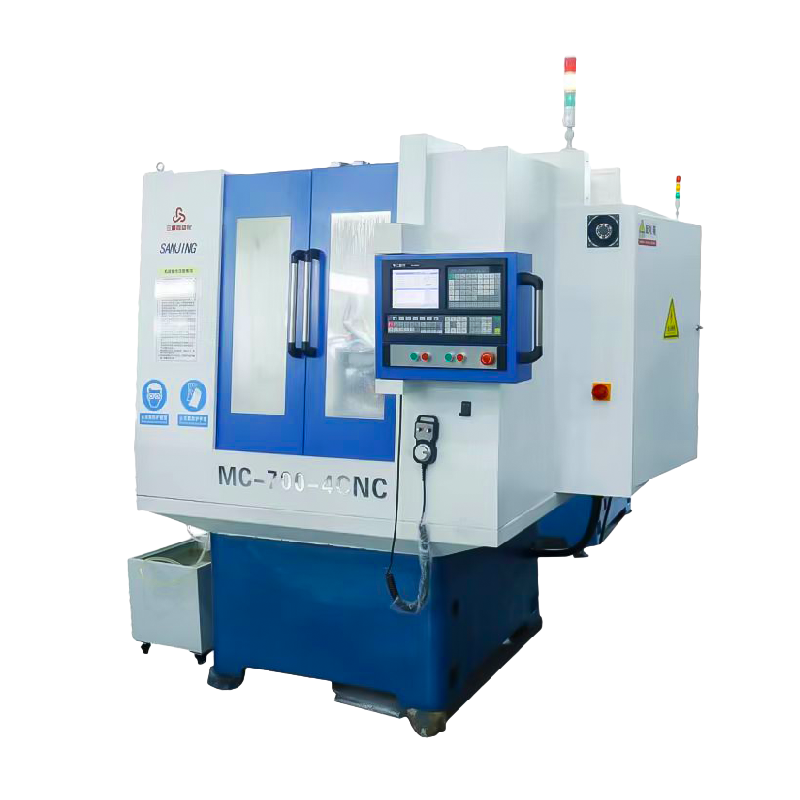Understanding CNC Milling Machines' Power Needs
CNC milling machines are integral to modern manufacturing, offering precision and efficiency. Understanding their power requirements is crucial for manufacturers, factory owners, and suppliers aiming to optimize operational costs. Power consumption varies based on machine type, workload, and additional features, making it essential to consider these factors when evaluating energy needs.
Factors Influencing CNC Power Consumption
Machine Specifications and Setup
The specifications of a CNC milling machine, including spindle speed, motor type, and drive system, significantly impact power consumption. Machines with higher horsepower typically consume more energy, but advancements in technology have introduced energy-efficient alternatives that maintain performance while reducing consumption.
Operational Load and Cycle Time
Operational factors such as cycle time and load also affect power use. Machines operating under heavy loads or longer cycles consume more electricity. Monitoring these parameters helps factories optimize operations and reduce energy costs.
Energy Efficiency in CNC Milling Machines
Importance of Energy Efficiency
Energy-efficient CNC machines are becoming a priority for manufacturers. They not only reduce electricity bills but also contribute to environmental sustainability. Utilizing energy-efficient components such as low-torque spindles and advanced drive electronics can lead to significant savings.
Technological Advancements
Recent technological advancements focus on reducing energy consumption without compromising performance. Innovations in machine design and control systems enable better energy management, making these machines a preferred choice for eco-conscious suppliers.
Comparing Power Use Among Different CNC Models
Power Ratings and Consumption
CNC machines vary in power ratings, typically measured in kilowatts (kW). Smaller machines may consume around 1-3 kW, while larger industrial machines might require up to 15 kW. Comparing these ratings helps manufacturers choose the right machine for their energy budget.
Impact of Additional Features
Additional features like tool changers, cooling systems, and automation can increase power consumption. It's important to assess the necessity of these features and their impact on overall energy use.
Calculating CNC Operation Costs
Estimating Energy Expenses
To estimate operation costs, multiply the machine's power rating by the operational hours and the local energy rate. For example, a machine running at 10 kW for 40 hours a week at an energy rate of $0.15 per kW hour would cost around $60 per week in electricity.
Beyond Direct Energy Costs
Other factors like maintenance, downtime, and machine efficiency also play roles in the total cost of ownership. Considering these variables helps suppliers and factory owners make informed decisions.
Benefits of Energy-Efficient CNC Machines
Financial Savings
Energy-efficient machines lead to significant reductions in electricity bills, which is beneficial for manufacturers looking to improve their bottom lines. These savings can offset the initial investment in more efficient technology over time.
Environmental Impact
Reducing power consumption also minimizes the carbon footprint of manufacturing processes. This is increasingly important for factories and suppliers committed to sustainable practices.
Technological Innovations in CNC Machines
Smart Power Management
Innovations in smart power management systems allow machines to optimize energy use. These systems monitor operational parameters and adjust power consumption in real time, enhancing efficiency.
Lightweight and Compact Designs
Newer machines incorporate lightweight materials and compact designs, which require less energy to operate. This trend is beneficial for suppliers focusing on space efficiency and lower energy use.
Economic Impact of CNC Energy Consumption
Cost-Effective Manufacturing
Lower energy consumption translates to cost-effective manufacturing, allowing companies to allocate resources more efficiently. This is crucial for manufacturers aiming to remain competitive in a global market.
Influence on Product Pricing
Energy costs are a significant factor in product pricing. By reducing these costs, factories can offer competitive prices, improving their position in the market.
Key Players in Energy-Efficient CNC Manufacturing
Innovative Manufacturers
Several manufacturers are at the forefront of developing energy-efficient CNC machines, focusing on reducing power consumption while maintaining high performance. Their efforts provide suppliers with more options for sustainable production.
Collaborations and Partnerships
Collaborations between machine manufacturers and energy solution providers lead to more efficient production technologies. These partnerships are essential for advancing energy-efficient practices in the industry.
Future Trends in CNC Milling Machine Efficiency
Integration of Renewable Energy
Future trends in CNC milling may include the integration of renewable energy sources, such as solar or wind, to power machines. This shift would further reduce the environmental impact of manufacturing.
Advancements in Automation
Automation technologies continue to evolve, providing opportunities to enhance machine efficiency and reduce power consumption. Factories that embrace these advancements can set new standards in operational efficiency.
Boyue Provide Solutions
Boyue offers comprehensive solutions for manufacturers looking to optimize CNC machine power consumption. By providing cutting-edge, energy-efficient equipment and expert consultation, Boyue helps factories reduce costs and enhance sustainability. With a focus on innovative technology and superior quality, Boyue ensures that suppliers receive the best tools to meet their production goals efficiently.
User hot search: best industrial cnc milling machine
Post time: 2025-09-26 13:49:06


